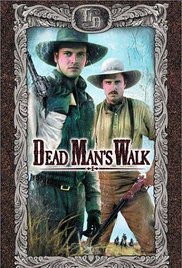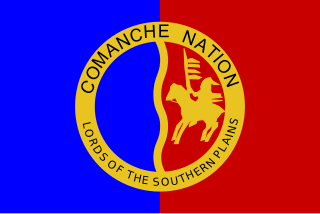
The Comanche or Nʉmʉnʉʉ is a Native American tribe from the Southern Plains of the present-day United States. Comanche people today belong to the federally recognized Comanche Nation, headquartered in Lawton, Oklahoma.
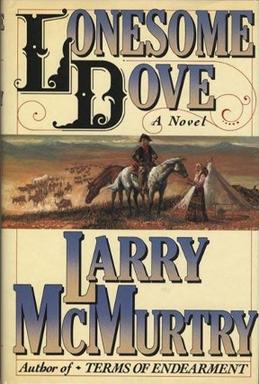
Lonesome Dove is a 1985 Western novel by American writer Larry McMurtry. It is the first published book of the Lonesome Dove series and the third installment in the series chronologically. It was a bestseller and won the 1986 Pulitzer Prize for Fiction. In 1989, it was adapted as a TV miniseries starring Tommy Lee Jones and Robert Duvall, which won both critical and popular acclaim. McMurtry went on to write a sequel, Streets of Laredo (1993), and two prequels, Dead Man's Walk (1995) and Comanche Moon (1997), all of which were also adapted as TV series.
The Lonesome Dove series is a series of four Western fiction novels written by Larry McMurtry and the five television miniseries and television series based upon them.

Larry Jeff McMurtry was an American novelist, essayist, and screenwriter whose work was predominantly set in either the Old West or contemporary Texas. His novels included Horseman, Pass By (1962), The Last Picture Show (1966), and Terms of Endearment (1975), which were adapted into films. Films adapted from McMurtry's works earned 34 Oscar nominations. He was also a prominent book collector and bookseller.
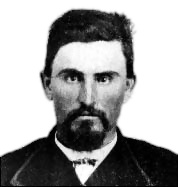
Charles Goodnight, also known as Charlie Goodnight, was a rancher in the American West. In 1955, he was inducted into the Hall of Great Westerners of the National Cowboy & Western Heritage Museum.

Comanche Moon (1997) is a Western novel by American writer Larry McMurtry. It is the fourth and final book he published in the Lonesome Dove series. In terms of chronology, it is the second installment of the narrative. A Comanche Moon in Texas history was a full moon in autumn which permitted Comanche warriors to ride by night journeying southward to raid Mexico for livestock and captives.

The Comanche Wars were a series of armed conflicts fought between Comanche peoples and Spanish, Mexican, and American militaries and civilians in the United States and Mexico from as early as 1706 until at least the mid-1870s. The Comanche were the Native American inhabitants of a large area known as Comancheria, which stretched across much of the southern Great Plains from Colorado and Kansas in the north through Oklahoma, Texas, and eastern New Mexico and into the Mexican state of Chihuahua in the south. For more than 150 years, the Comanche were the dominant native tribe in the region, known as “the Lords of the Southern Plains”, though they also shared parts of Comancheria with the Wichita, Kiowa, and Kiowa Apache and, after 1840, the southern Cheyenne and Arapaho.

Streets of Laredo is a 1993 Western novel by American writer Larry McMurtry. It is the second book published in the Lonesome Dove series, but the fourth and final book chronologically. It was adapted into a television miniseries in 1995.

Dead Man's Walk is a 1995 Western novel by American writer Larry McMurtry. It is the third book published in the Lonesome Dove series but the first installment in terms of chronology. McMurtry wrote a fourth segment to the Lonesome Dove chronicle, Comanche Moon, which describes the events of the central characters' lives between Dead Man's Walk and Lonesome Dove. The second novel in the Lonesome Dove series was the 1993 sequel to the original, called Streets of Laredo. Dead Man’s Walk was later adapted into a three-part miniseries of the same name, which aired in May 1996.
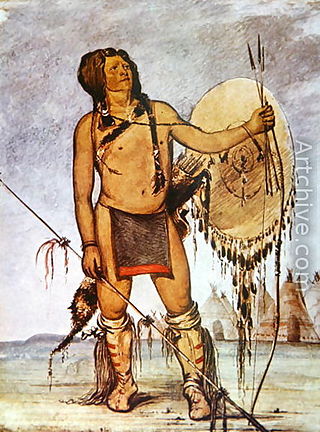
Comanche history – in the 18th and 19th centuries the Comanche became the dominant tribe on the southern Great Plains. The Comanche are often characterized as "Lords of the Plains." They presided over a large area called Comancheria which they shared with allied tribes, the Kiowa, Kiowa-Apache, Wichita, and after 1840 the southern Cheyenne and Arapaho. Comanche power and their substantial wealth depended on horses, trading, and raiding. Adroit diplomacy was also a factor in maintaining their dominance and fending off enemies for more than a century. They subsisted on the bison herds of the Plains which they hunted for food and skins.
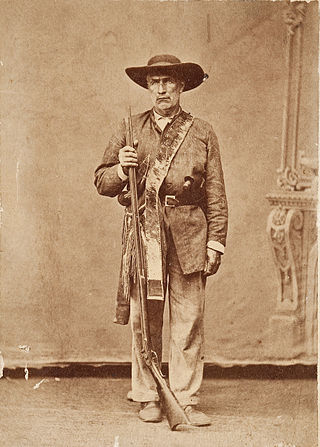
William Alexander Anderson "Bigfoot" Wallace was a Texas Ranger who took part in many of the military conflicts of the Republic of Texas and the United States in the 1840s, including the Mexican–American War.

The Antelope Hills expedition was a campaign from January to May 1858 by the Texas Rangers and members of other allied Native American tribes against Comanche and Kiowa villages in the Comancheria. It began in western Texas and ended in a series of fights with the Comanche tribe on May 12, 1858, at a place called Antelope Hills by Little Robe Creek, a tributary of the Canadian River in what is now Oklahoma. The hills are also called the "South Canadians", as they surround the Canadian River. The fighting on May 12, 1858, is often called the Battle of Little Robe Creek.
Buffalo Hump was a War Chief of the Penateka band of the Comanches. He came to prominence after the Council House Fight when he led the Comanches on the Great Raid of 1840.

Comanche Moon is a 2008 American Western television miniseries, an adaptation of the 1997 novel of the same name. Woodrow Call and Gus McCrae are in their middle years, serving as Texas Rangers. In terms of the Lonesome Dove series' storyline, this account serves as a prequel to the Lonesome Dove miniseries, and a sequel to Dead Man's Walk. It first aired on CBS beginning Sunday, January 13, and continuing Tuesday, January 15, and Wednesday, January 16, 2008.
The Texas–Indian wars were a series of conflicts between settlers in Texas and the Southern Plains Indians during the 19th-century. Conflict between the Plains Indians and the Spanish began before other European and Anglo-American settlers were encouraged—first by Spain and then by the newly Independent Mexican government—to colonize Texas in order to provide a protective-settlement buffer in Texas between the Plains Indians and the rest of Mexico. As a consequence, conflict between Anglo-American settlers and Plains Indians occurred during the Texas colonial period as part of Mexico. The conflicts continued after Texas secured its independence from Mexico in 1836 and did not end until 30 years after Texas became a state of the United States, when in 1875 the last free band of Plains Indians, the Comanches led by Quahadi warrior Quanah Parker, surrendered and moved to the Fort Sill reservation in Oklahoma.
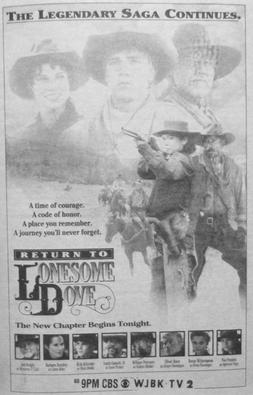
Return to Lonesome Dove is a 1993 American four part television miniseries, written by John Wilder involving characters created in Larry McMurtry's Western novel Lonesome Dove which was broadcast by CBS and first aired on November 14–17, 1993. The story focuses on a retired Texas Ranger and his adventures driving mustangs from Texas to Montana. It was nominated for an Emmy Award, and followed by Lonesome Dove: The Series.
The Neighbors Expedition, led by Robert Neighbors was one of several expeditions sent by the military to explore the area between San Antonio and El Paso with the purpose of opening a practical road to the west, which could be used by settlers and stages. The Neighbors Expedition, along with that led by Col. John C. Hays of the Texas Rangers in 1848, and that of Lieutenants William Henry Chase Whiting and William F. Smith of the United States Army Corps of Engineers in 1849, were the most important of these expeditions.

Lonesome Dove is a 1989 American epic Western adventure television miniseries directed by Simon Wincer. It is a four-part adaptation of the 1985 novel of the same name by Larry McMurtry and is the first installment in the Lonesome Dove series. The novel was based upon a screenplay by Peter Bogdanovich and McMurtry. The miniseries stars an ensemble cast headed by Robert Duvall as Augustus McCrae and Tommy Lee Jones as Woodrow Call. The series was originally broadcast by CBS from February 5 to 8, 1989, drawing a huge viewing audience, earning numerous awards, and reviving both the television Western and the miniseries.
Larry McMurtry's Streets of Laredo is a 1995 American Western television miniseries directed by Joseph Sargent. It is a three-part adaptation of the 1993 novel of the same name by author Larry McMurtry and is the third installment in the Lonesome Dove series serving as a direct sequel to Lonesome Dove (1989), ignoring the events of Return to Lonesome Dove (1993). The series is set in the 1890s.
Yellow Wolf, Spirit Talker 's nephew and Buffalo Hump 's cousin and best support, was a War Chief of the Penateka division of the Comanche Indians. He came to prominence after the Council House Fight, when Buffalo Hump called the Comanches and, along with Yellow Wolf and Santa Anna, led them in the Great Raid of 1840.
